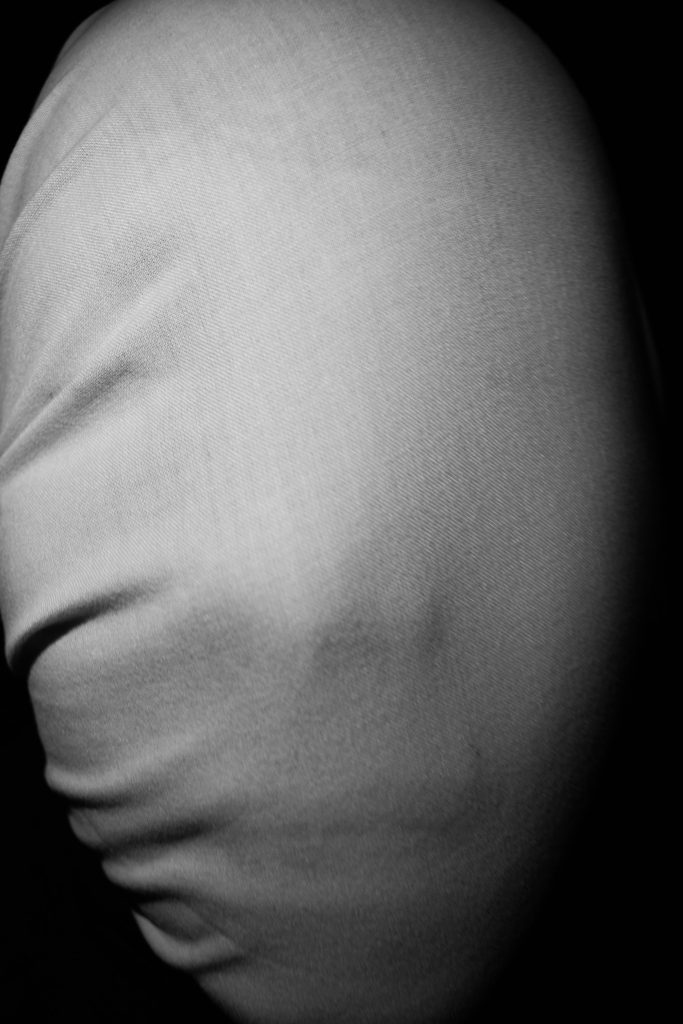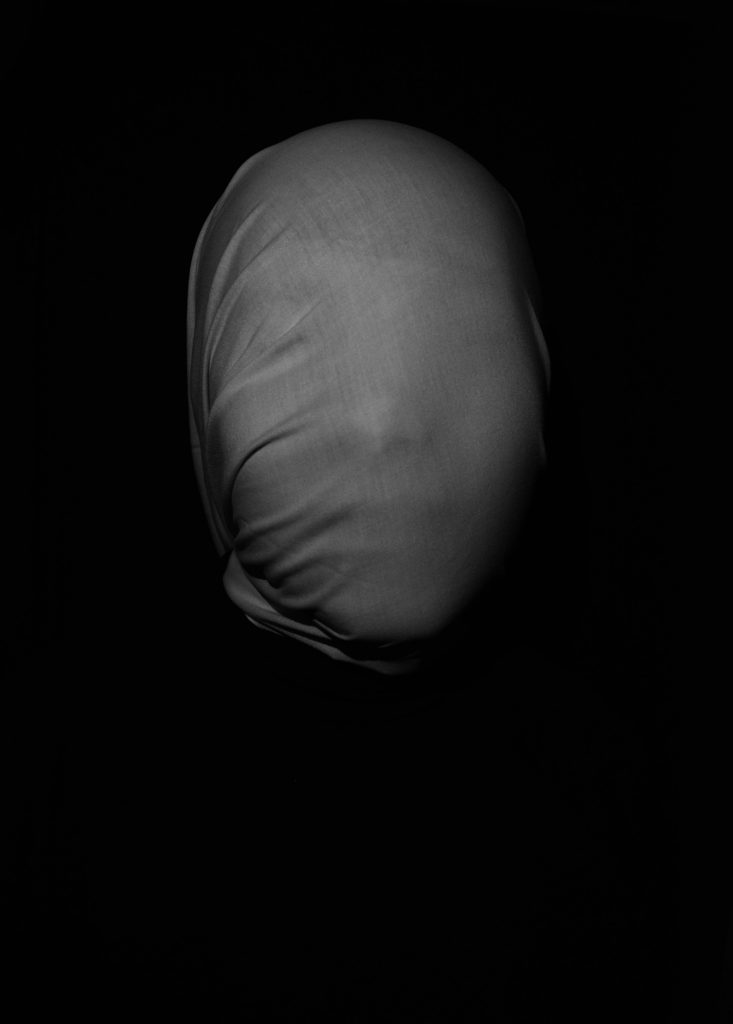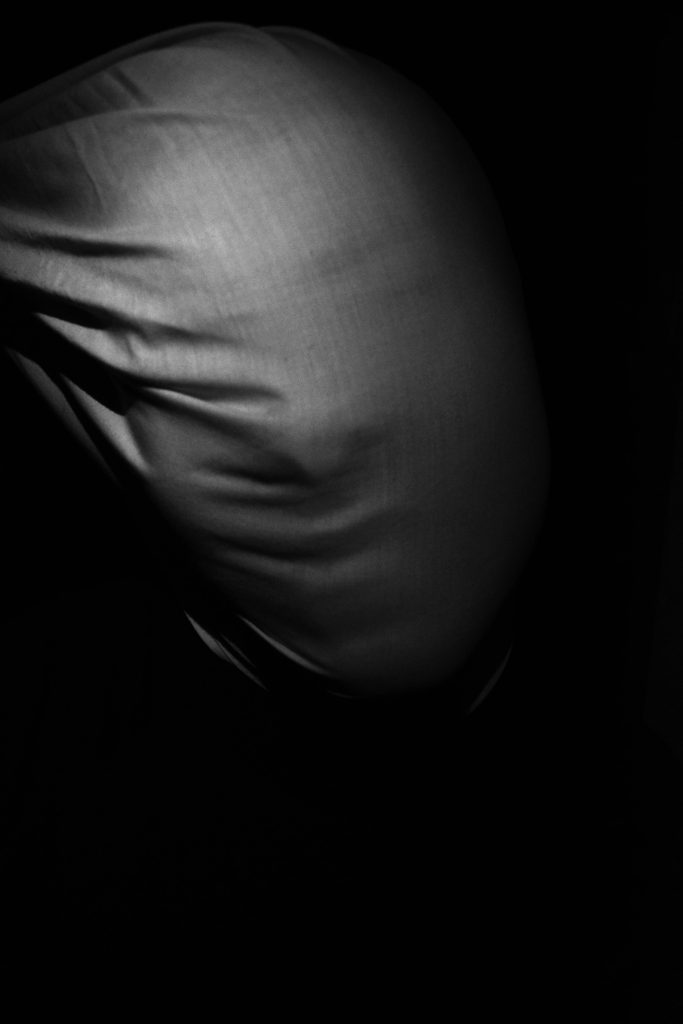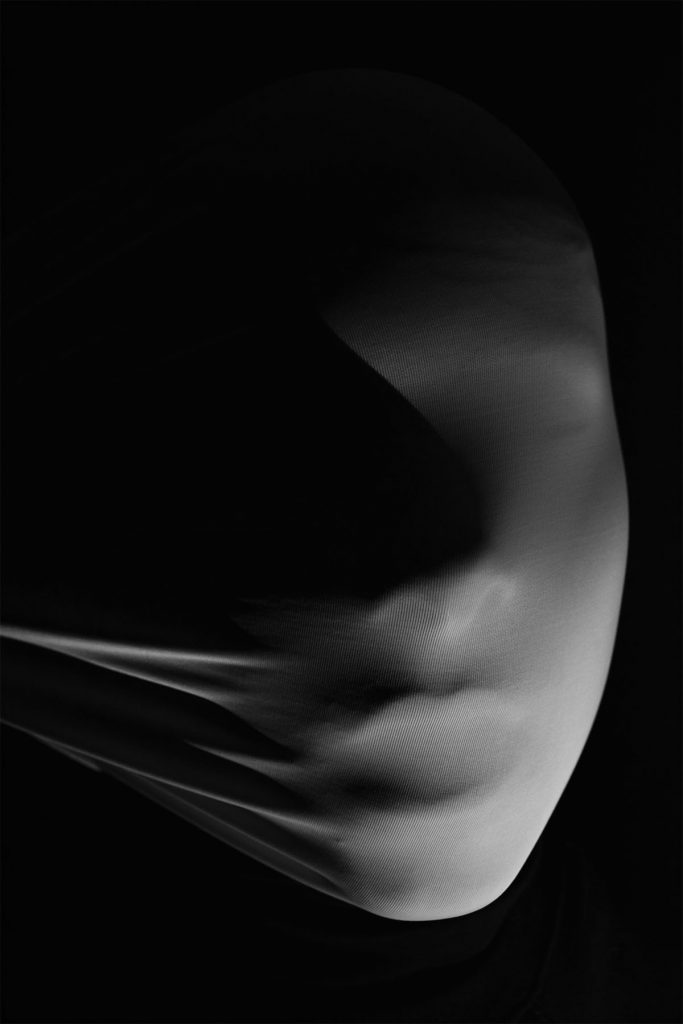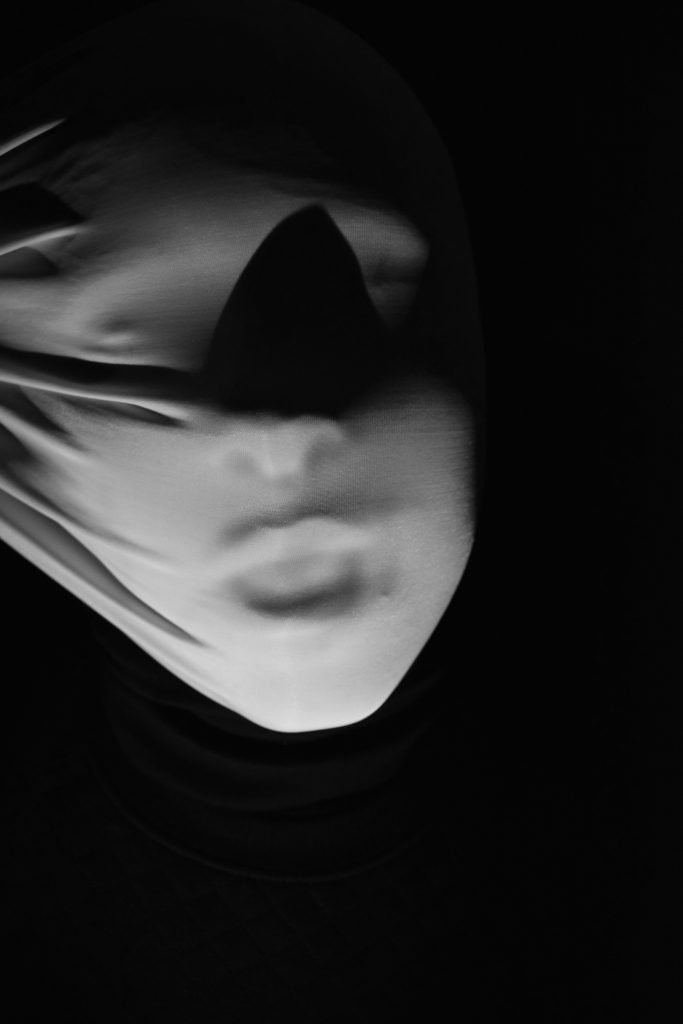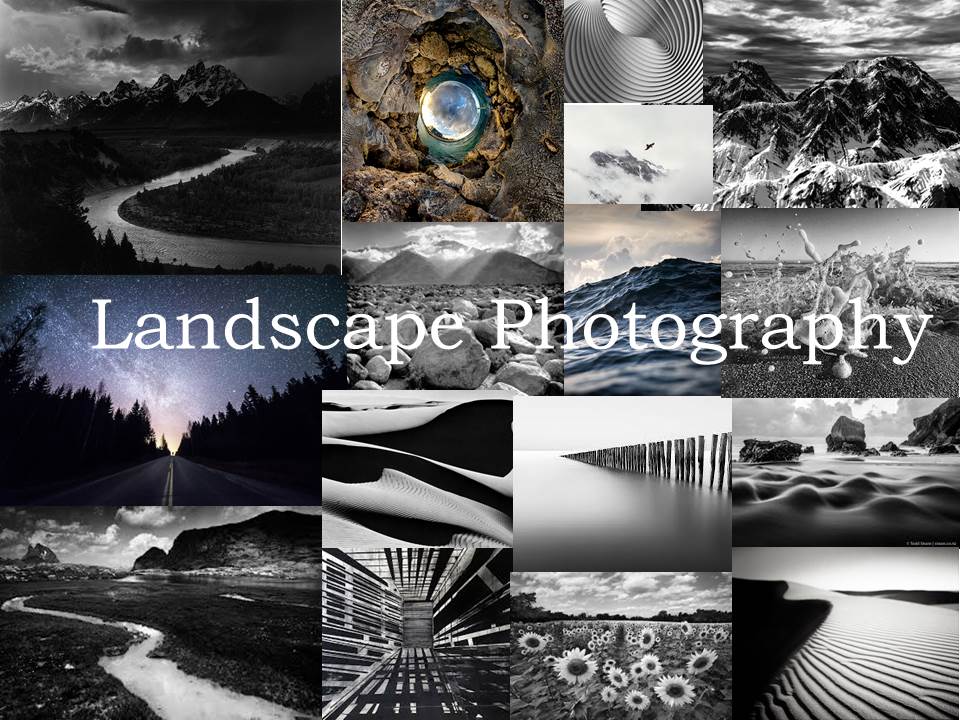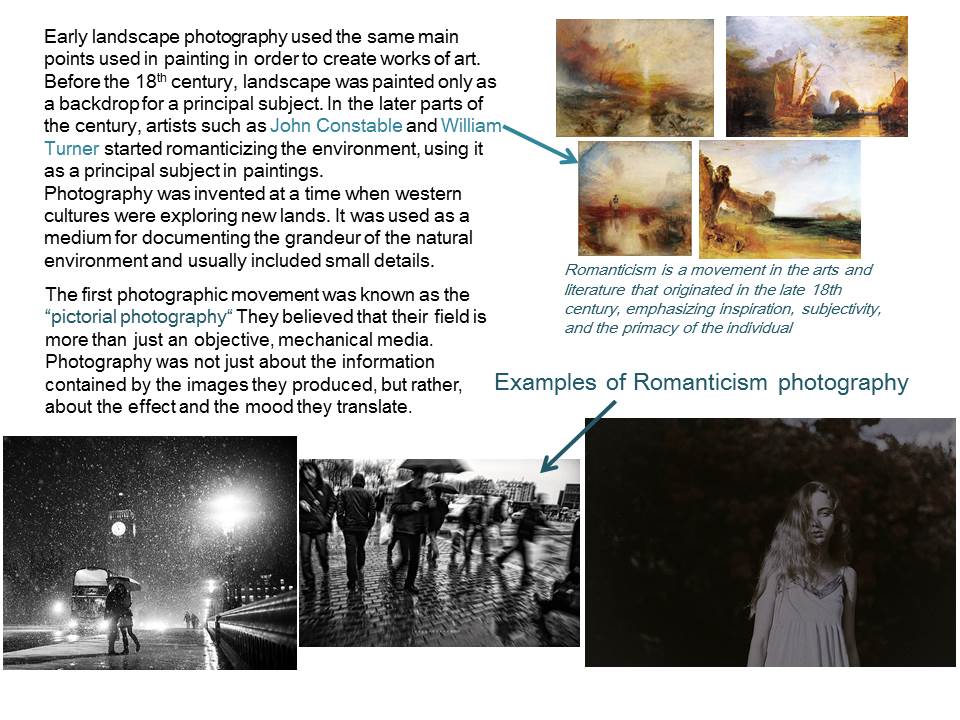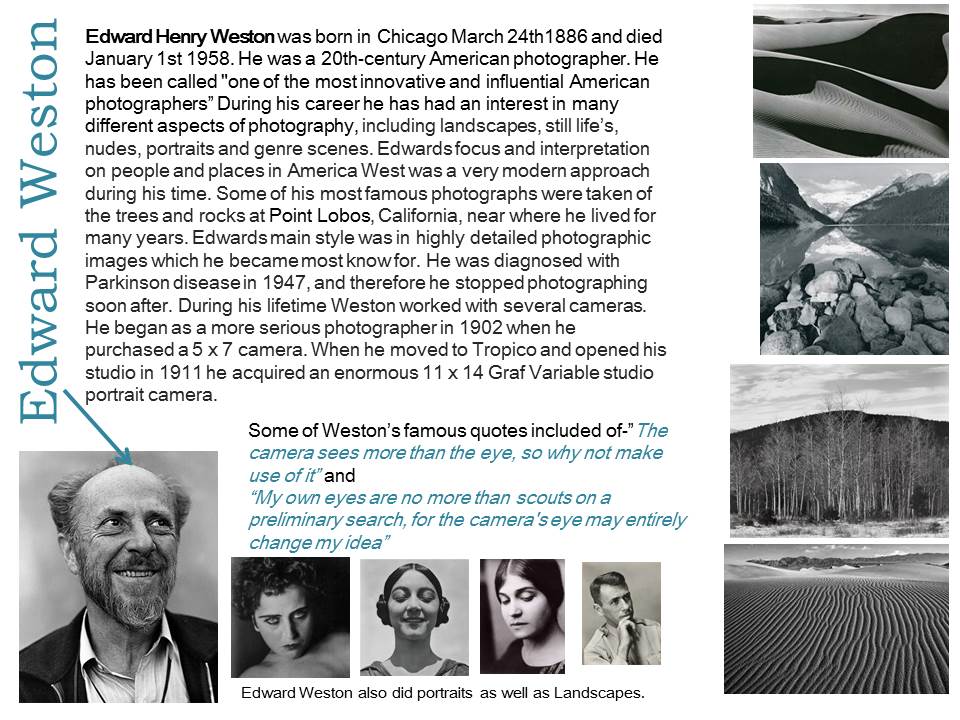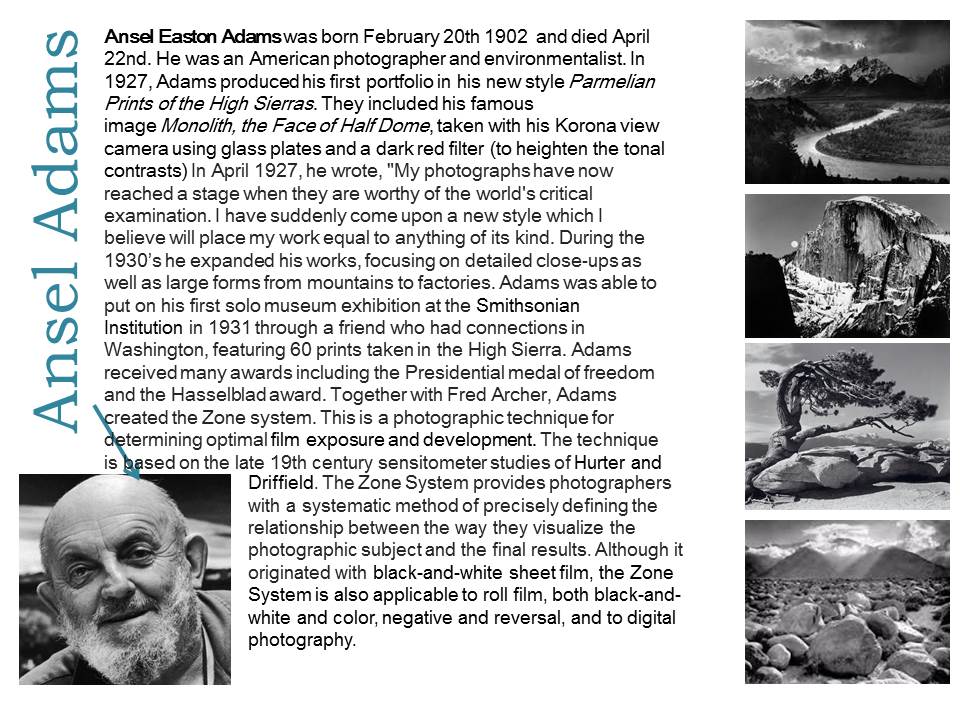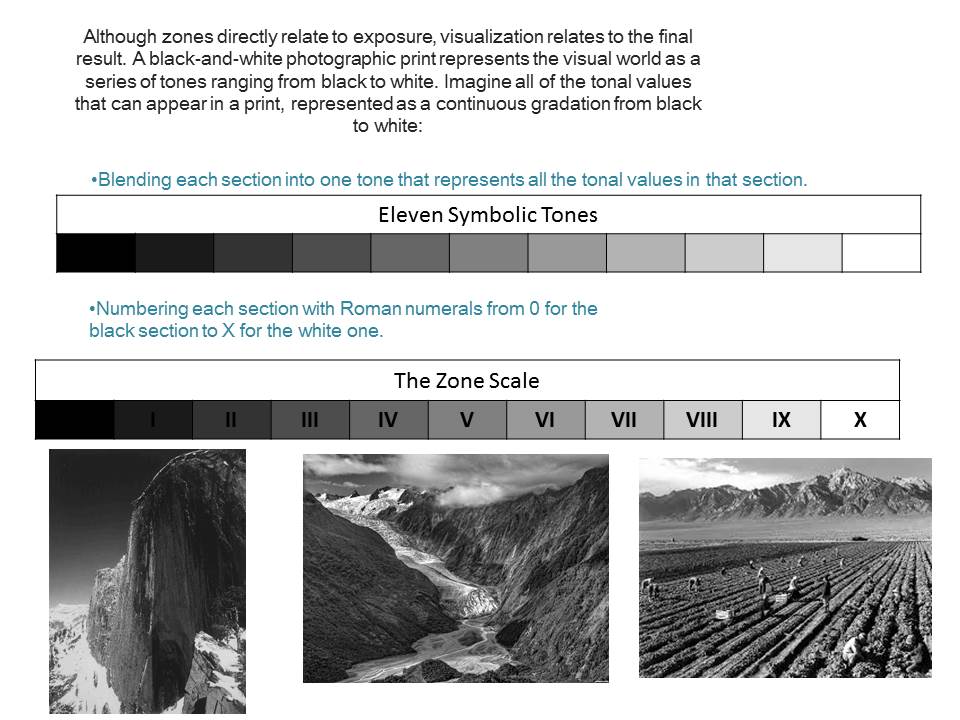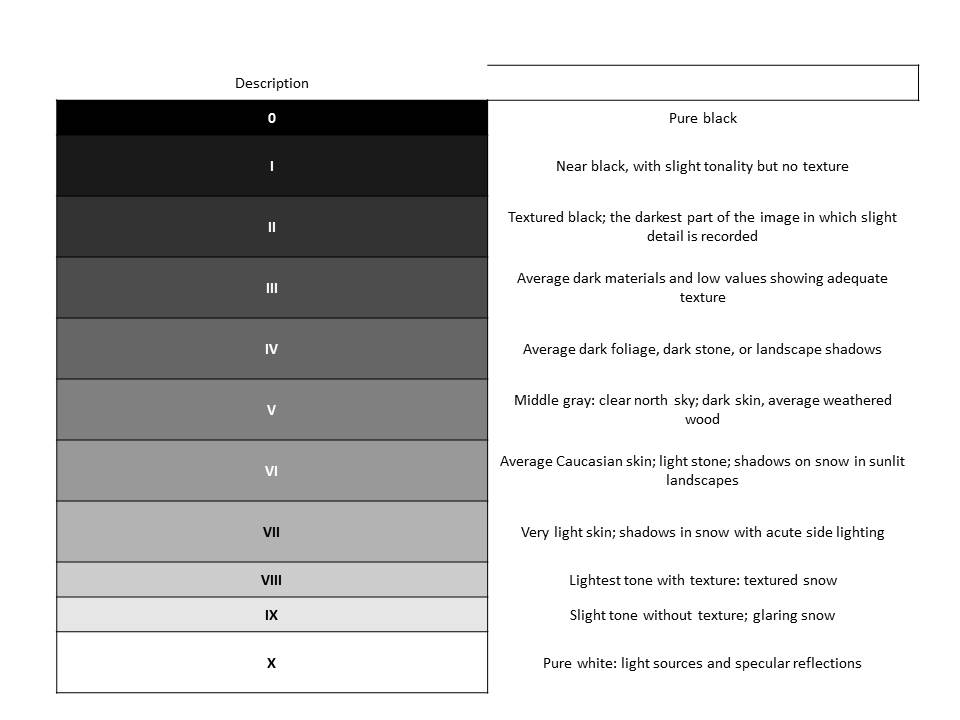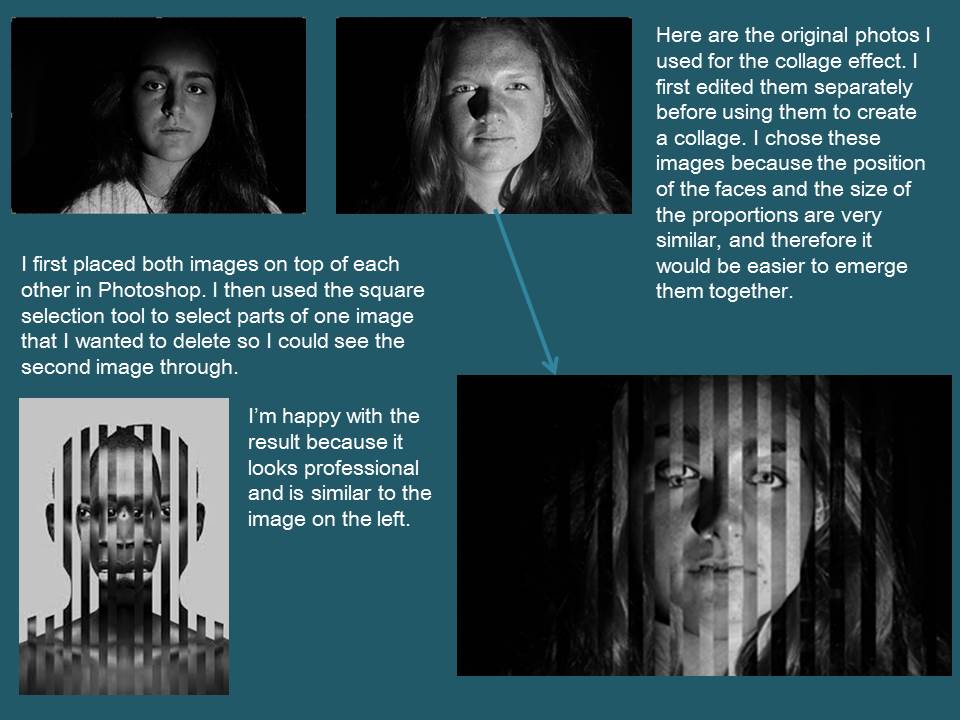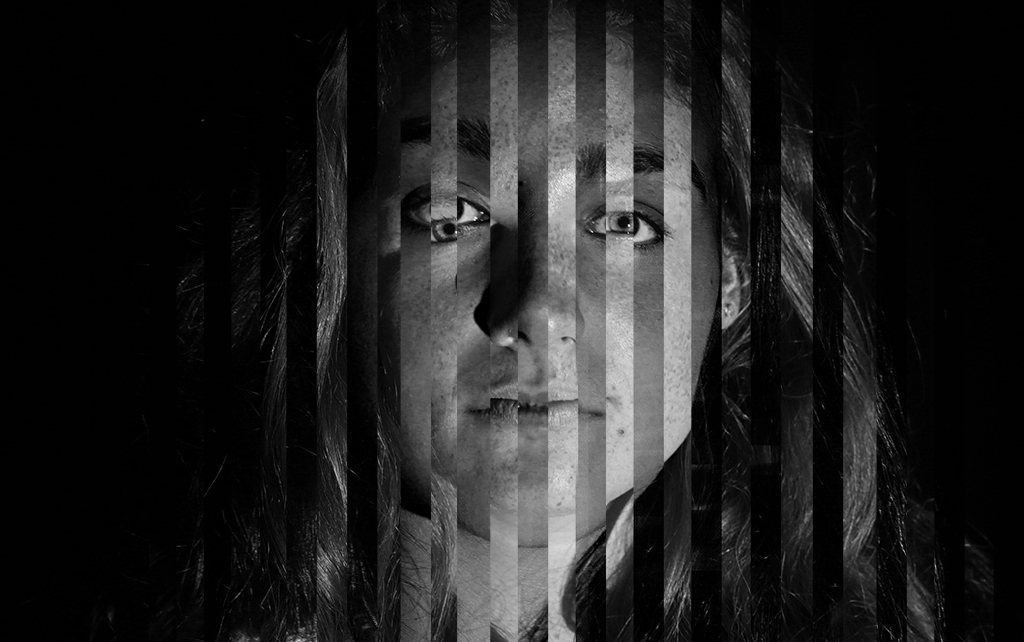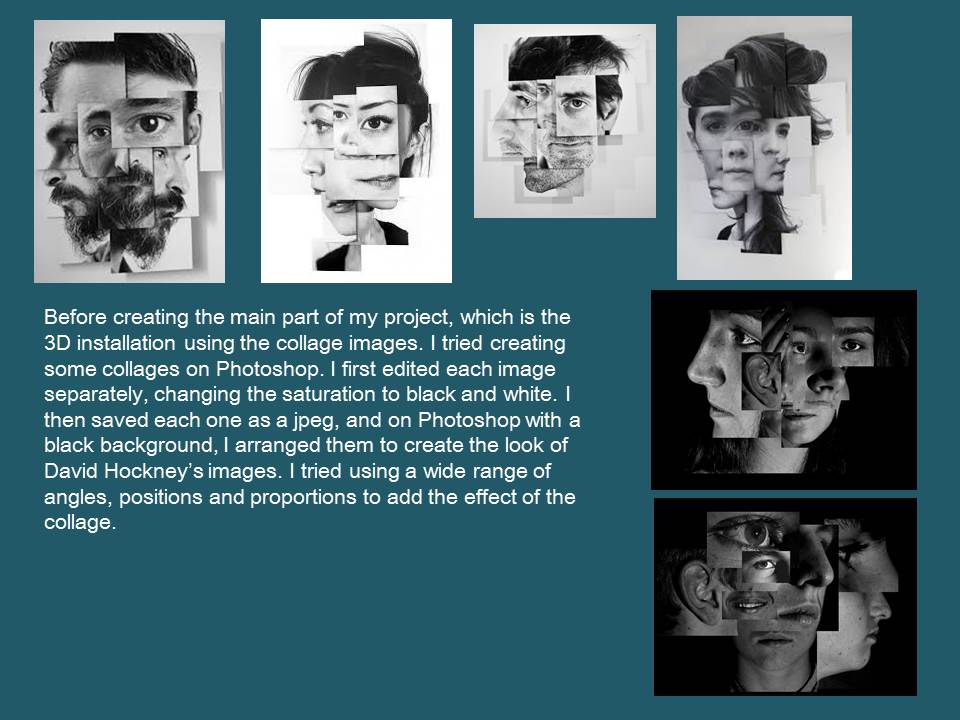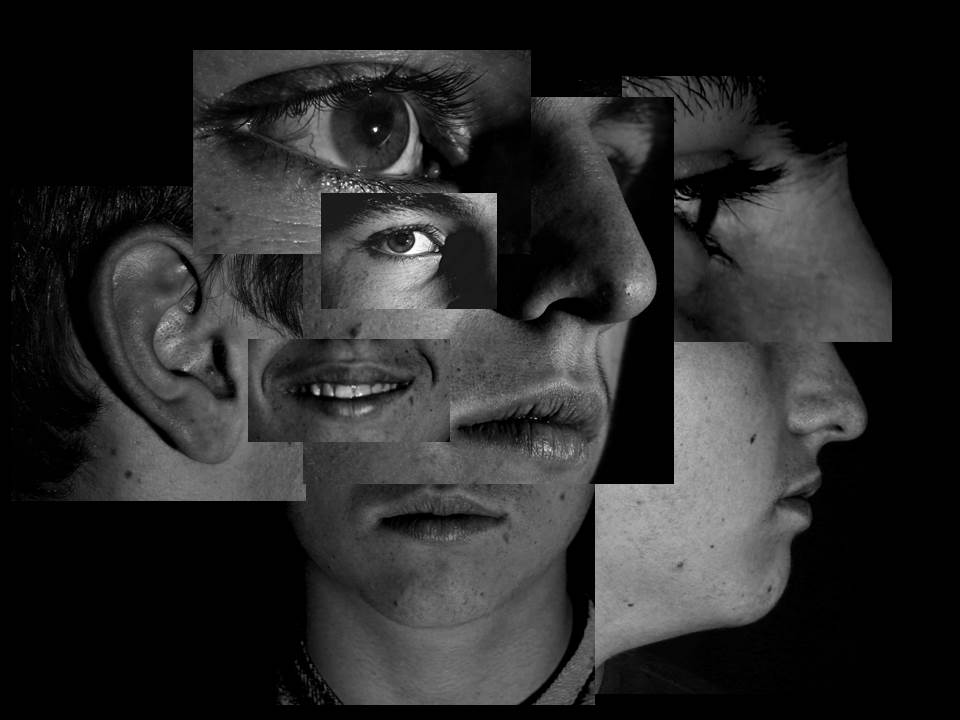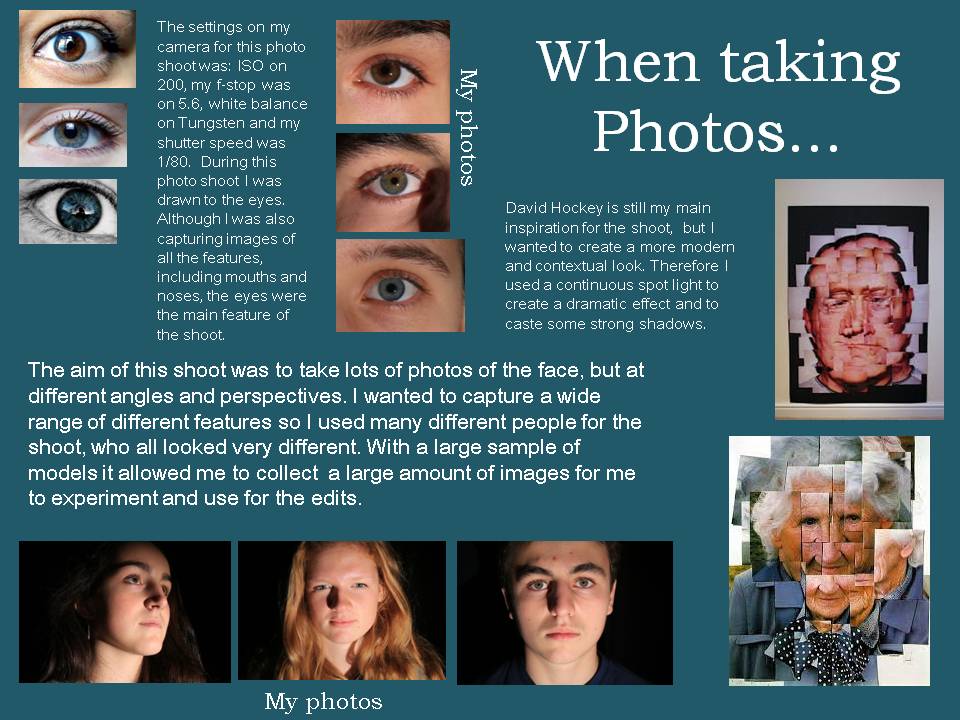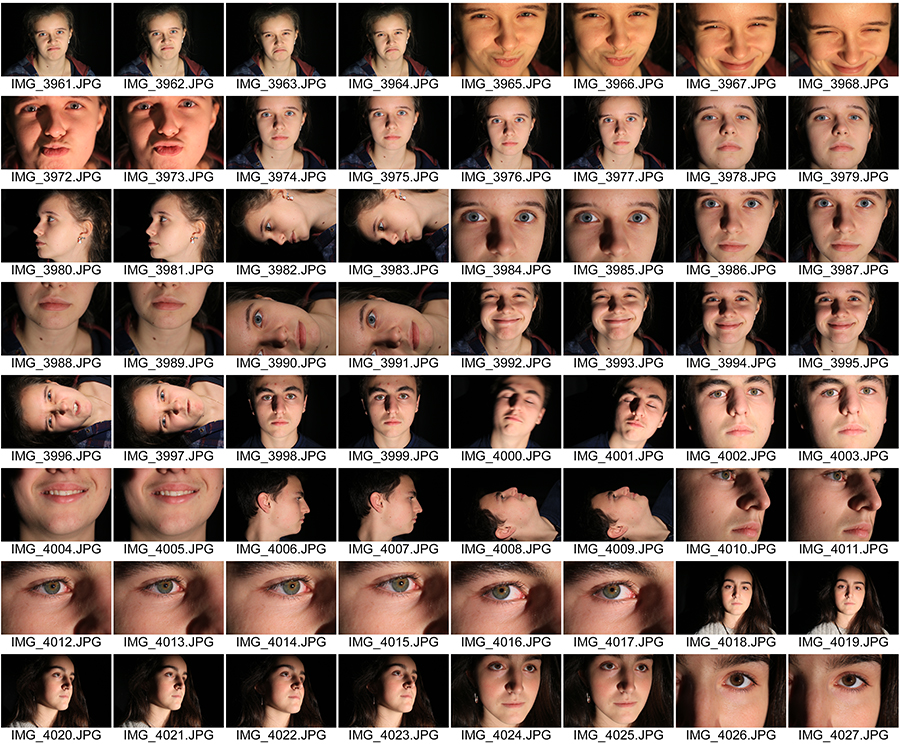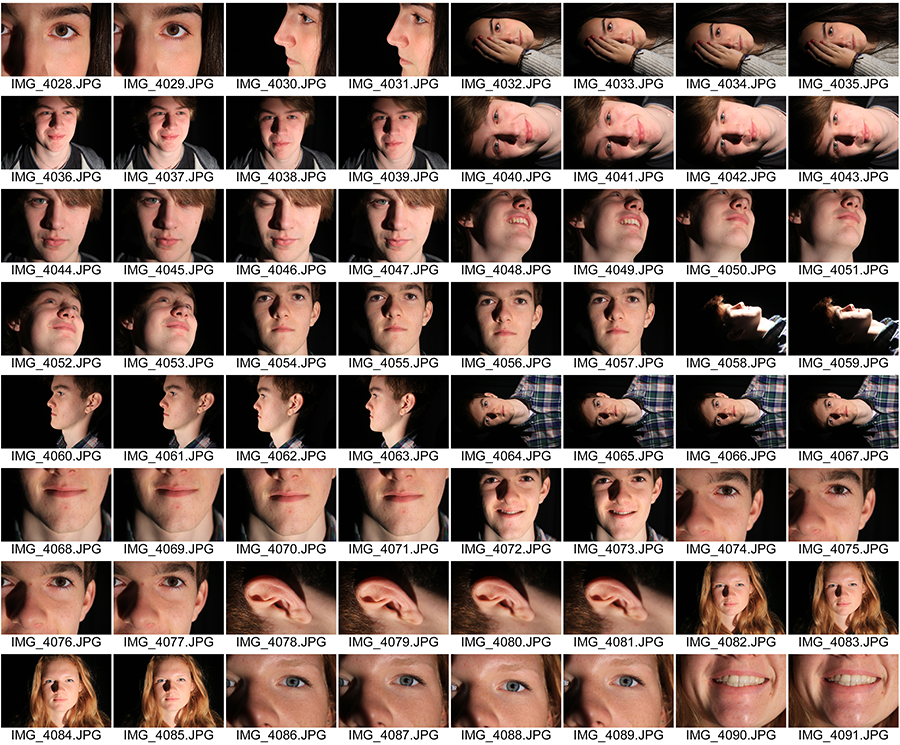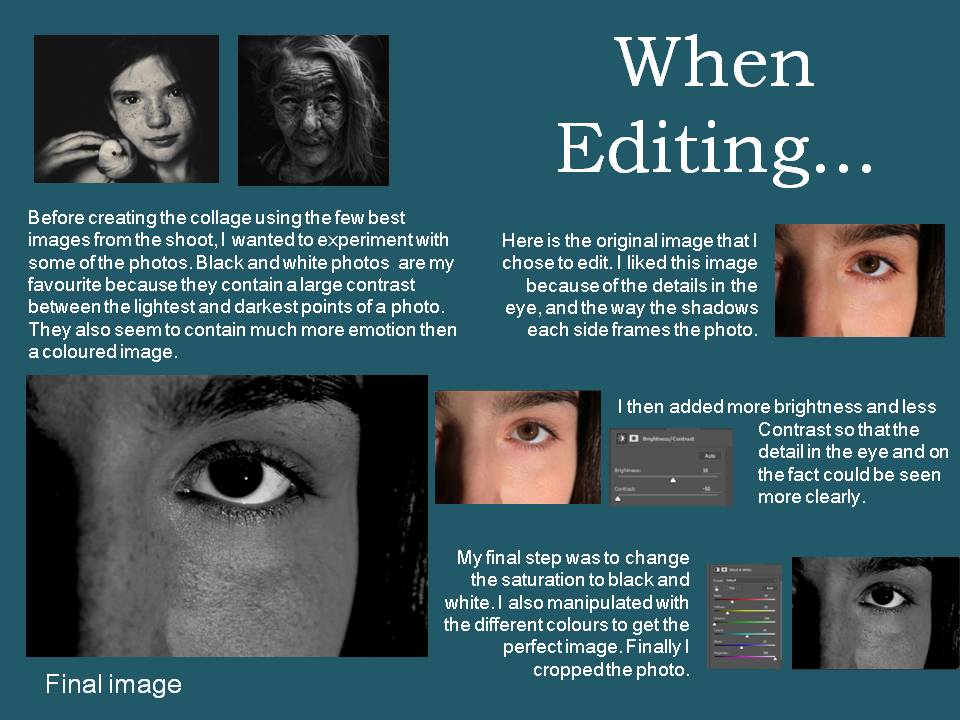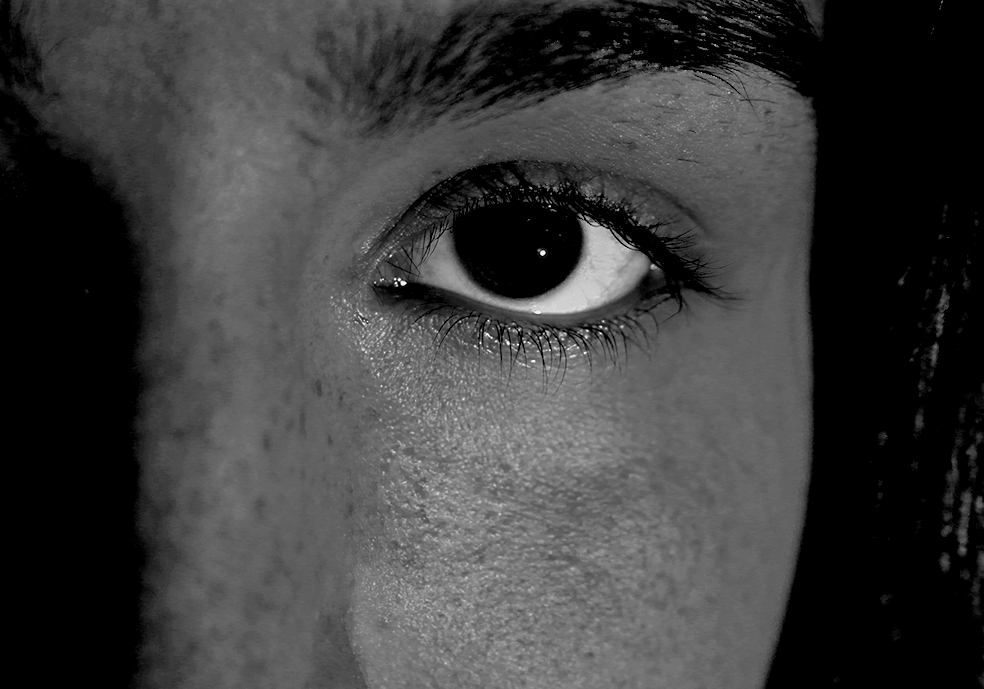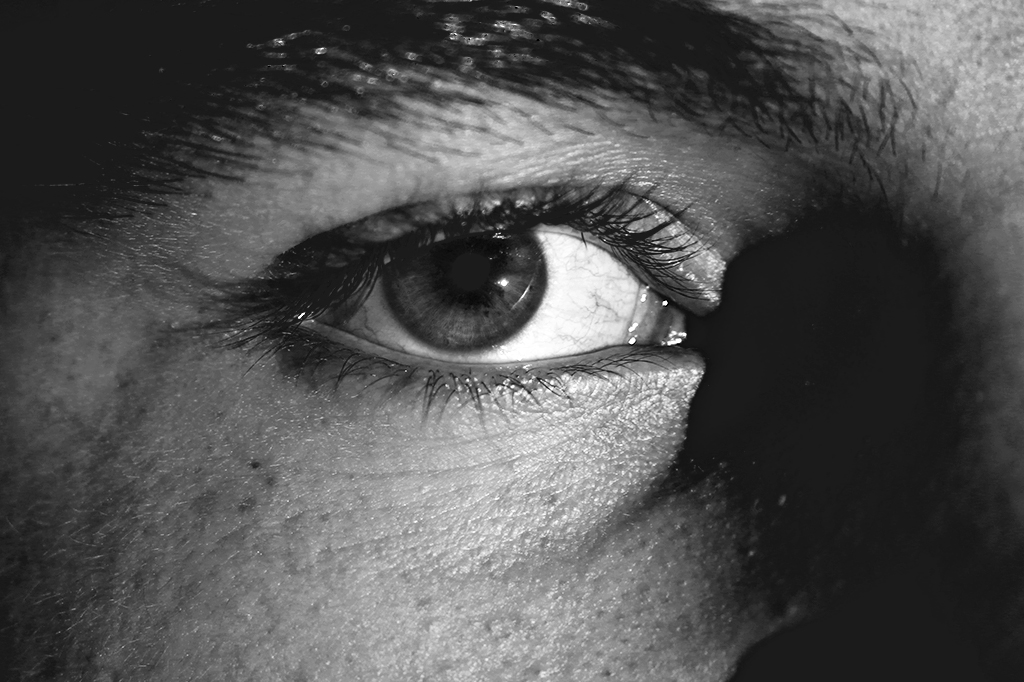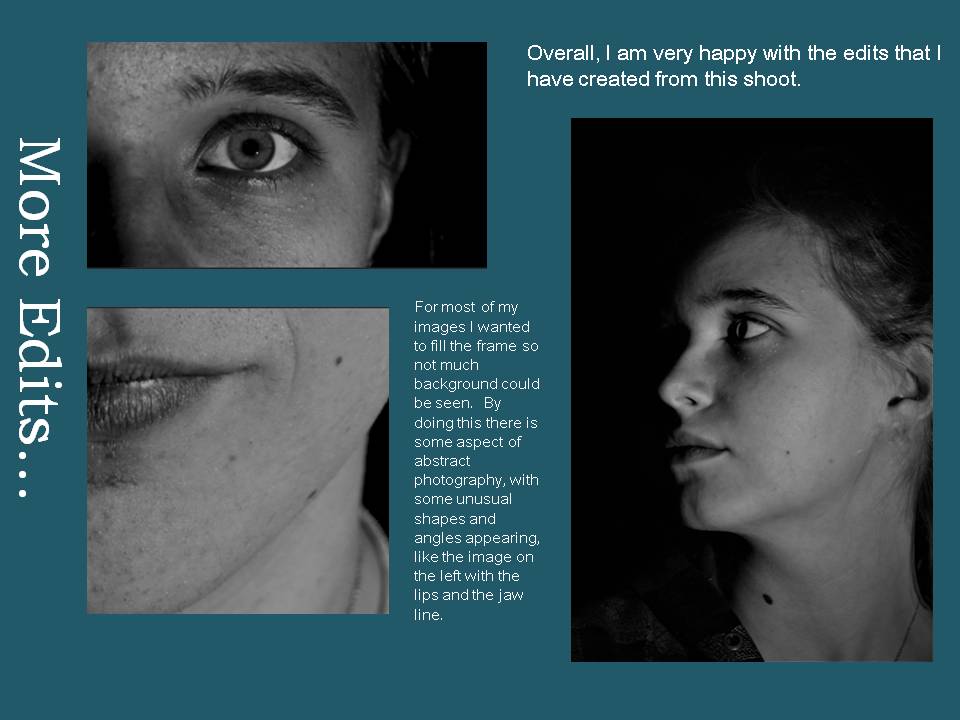Edward Weston
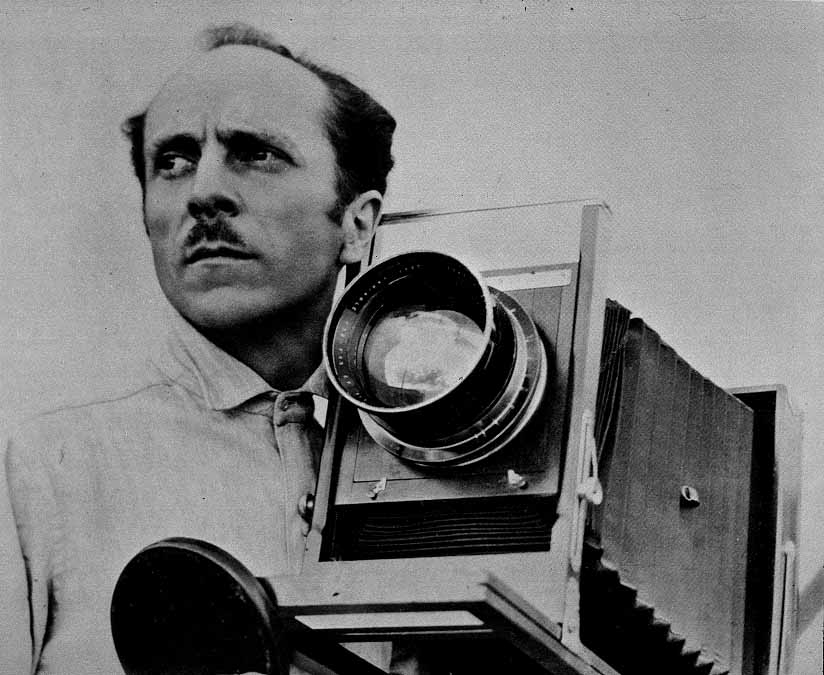
Edward Weston was an American photographer born in March 24, 1886 – January 1, 1958. He photographed a variety of subjects of subjects, including landscapes, still lifes, nudes, portraits, genre scenes and even whimsical parodies. In the 1920’s he began photography, in 1923 he opened a photographic study in Mexico. With his influences from Mexico, Weston returned to the US further creating nudes, close-ups, natural forms and particularly landscapes. From 1927-1935, on his travels from Glendale to Carmel, Weston began focusing on his landscape work focusing on the stark rocks, the big empty spaces and building upon the negative values in the photograph. His exposure settings covered, a low ISO rating necessitating very long exposures when using his view camera, with the exposure time from 1 to 3 seconds for outdoor landscape exposures to 4½ hours for still lifes such as peppers or shells. When using the Graflex cameras the exposure times were usually less than ¼ second. Examples of Weston’s work:



Ansel Adams

Ansel Adams, another American photographer born in February 20 1902 – April 22 1984. In the 1920’s Adams started developing his early shoots around the Sierra mountains recording his shoot: “Parmenian Prints of the High Sierras”. He particularly focused on how an object felt for him and therefore how it should be presented. Within the 1930’s, Adams work matured and grew in personality. He expanded his work on on detailed close ups and also large forms too with influences such as John Marin and Paul Strand whose influence helped establish Adams style for later life. In 1932 with Imogen Cunningham and Edward Western, a group was formed named group f/64. This focused upon small apertures with high depths of field – useful for landscape photography. With the start of the 1940’s Adams started to teach photography but with the tide of war turning: Adams was part of a group known as the National Aviation Photographic Unit. With this experience, Weston started forming magazines such as “Aperture” in later years and focusing on teaching too. Adams landscape work with landscape photography is distinct in the sense it portrays high levels of contrast. Examples of Adams work:

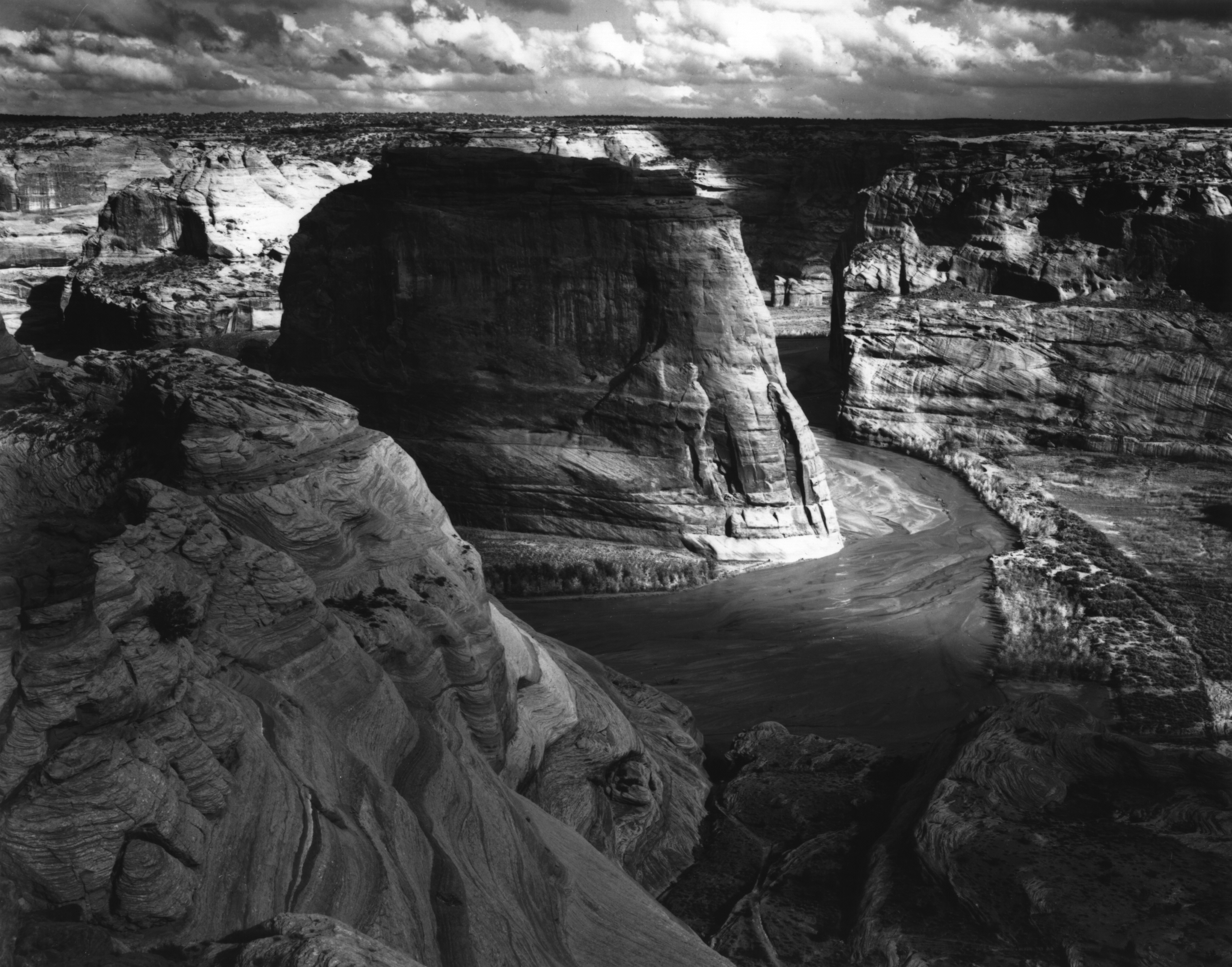
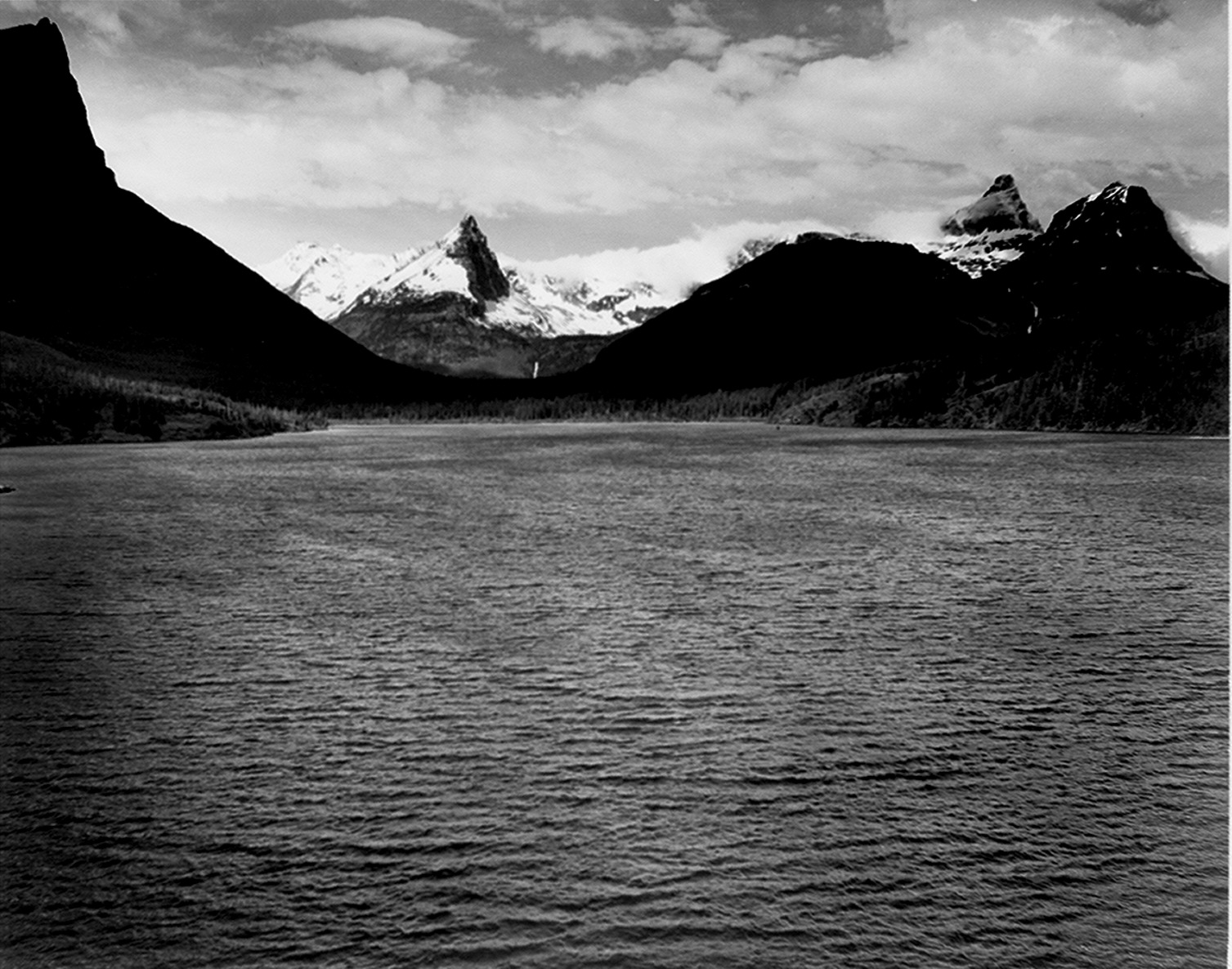

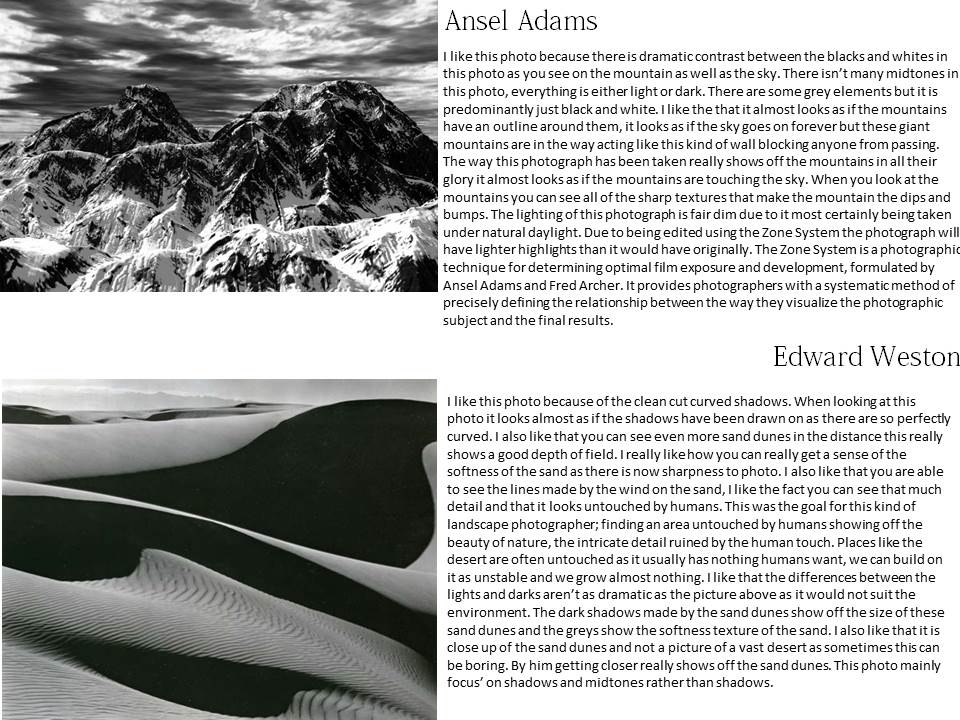
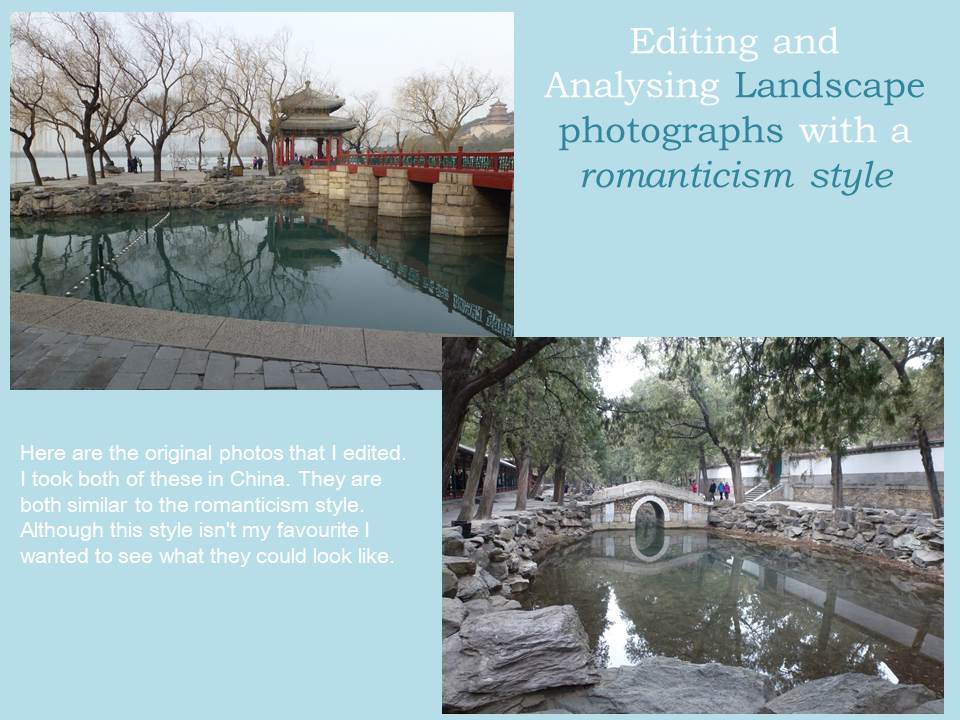

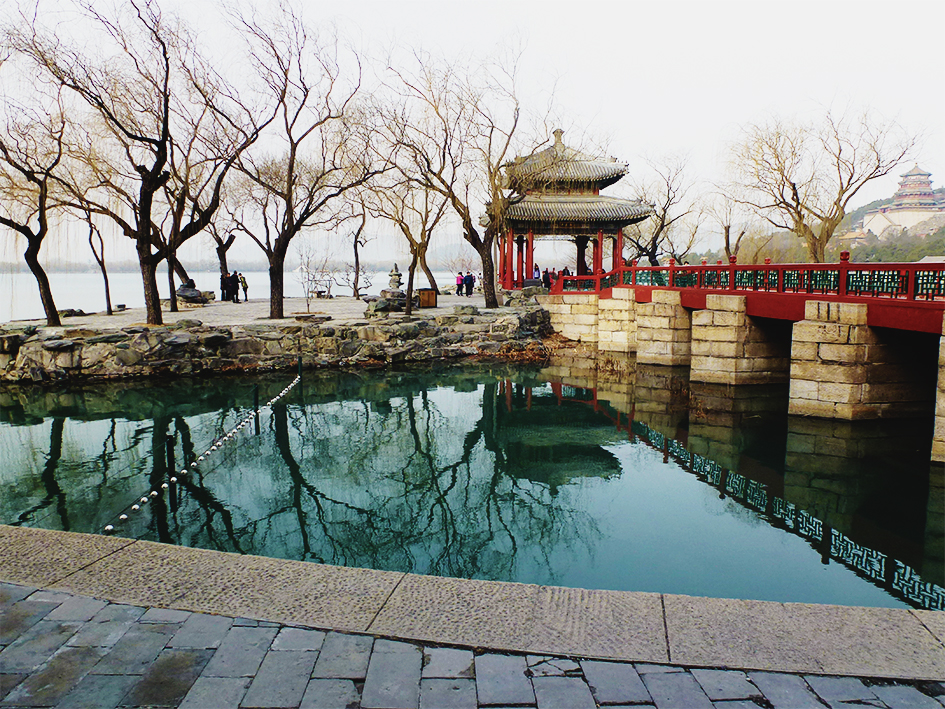


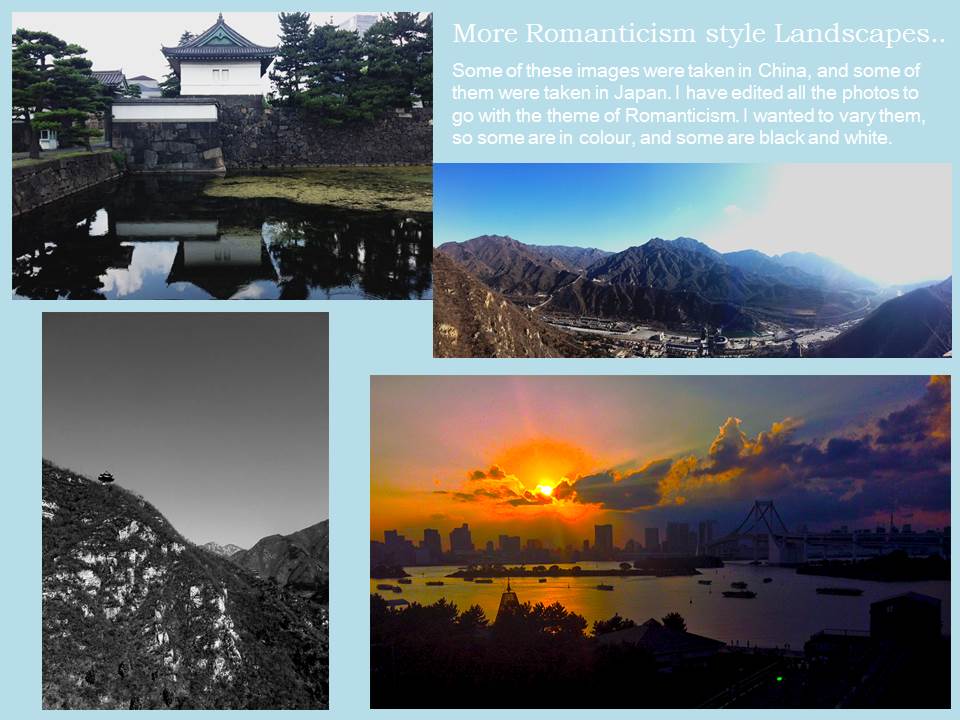
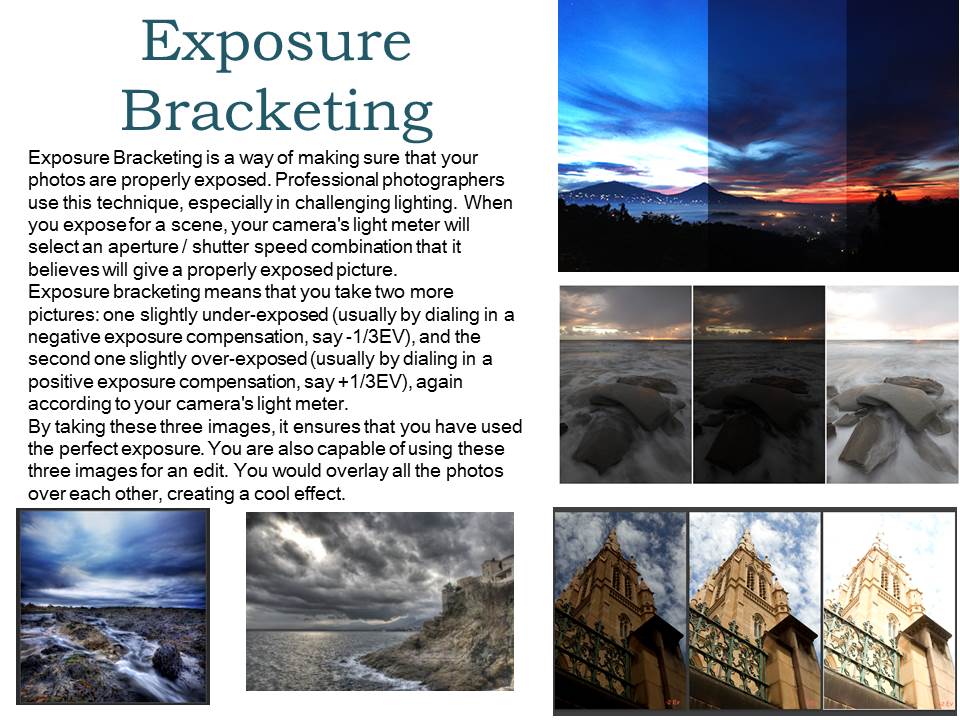


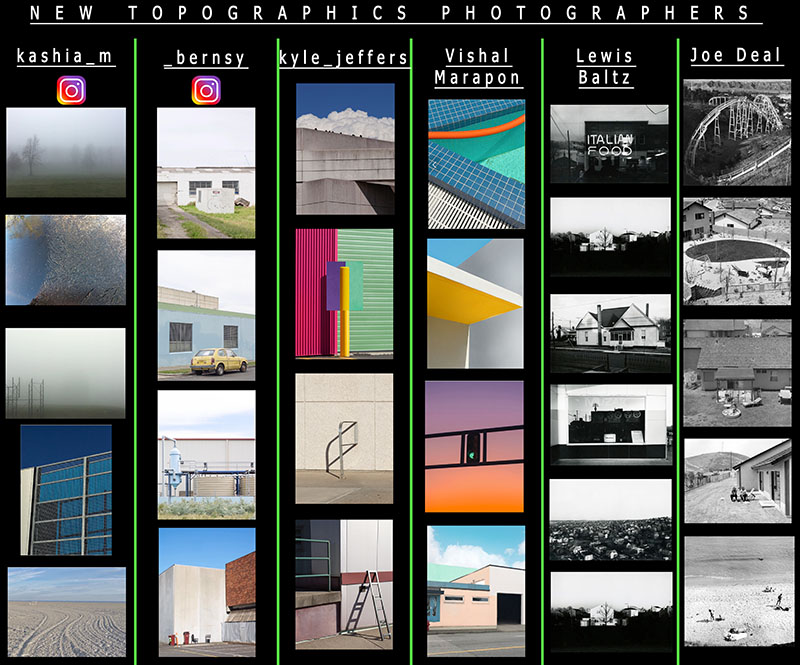

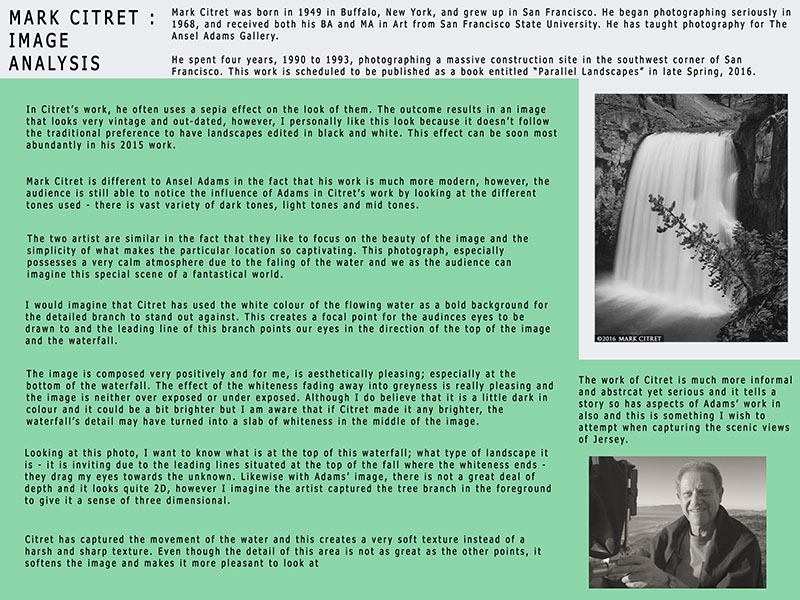
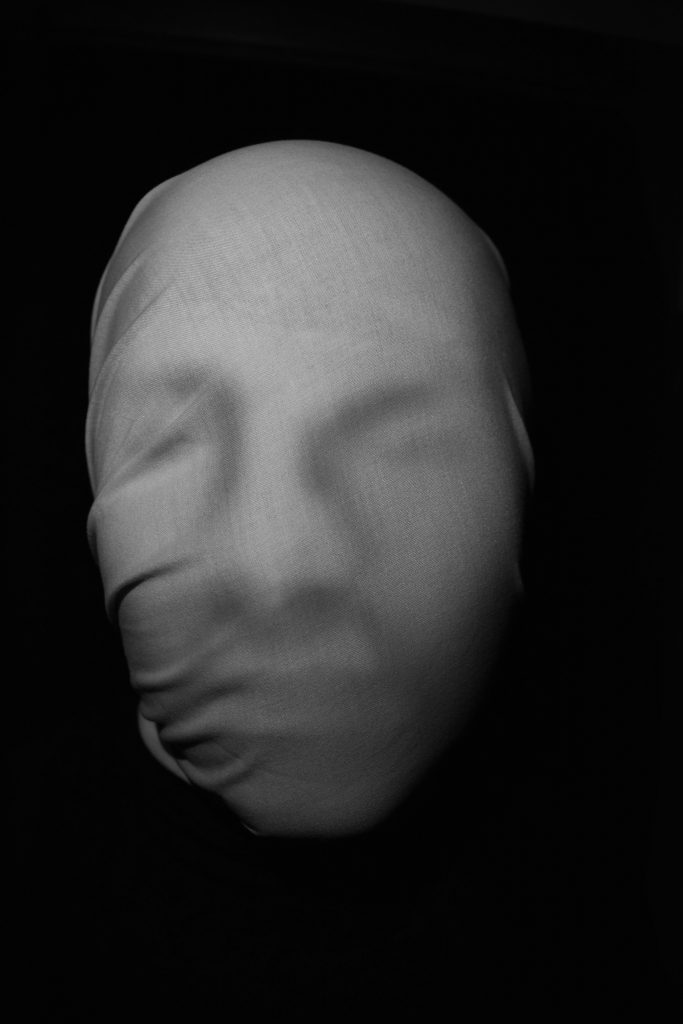
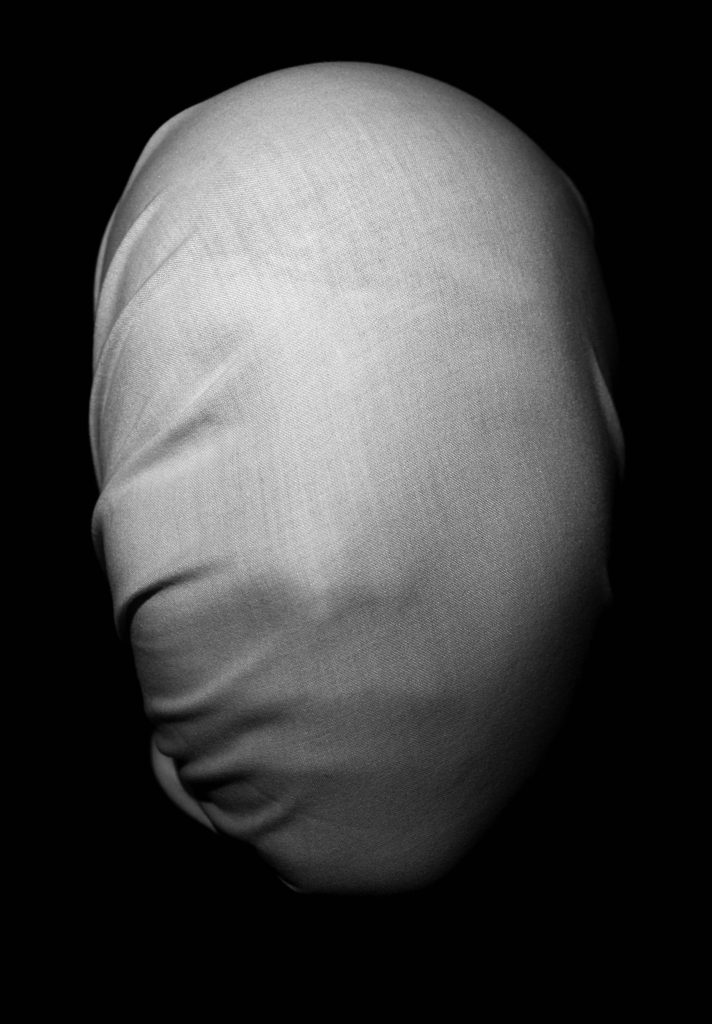
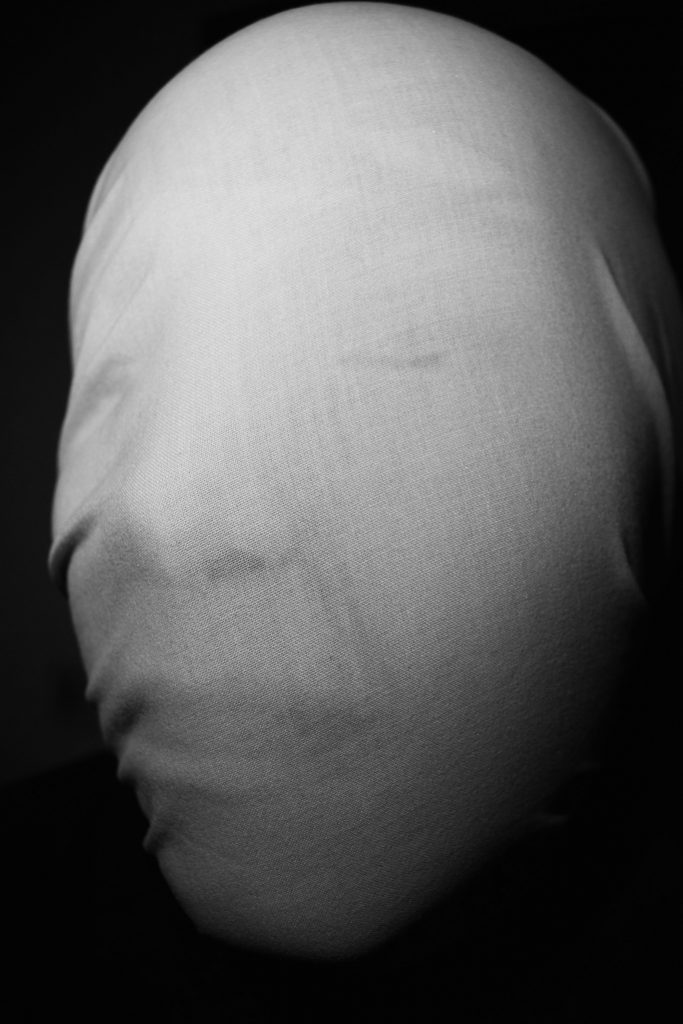 Here I took the picture at a side angle. The light is coming from above the subject but is still facing the front of the subject. When editing I lightly used the burn tool to make some of the the lines on the face more visible.
Here I took the picture at a side angle. The light is coming from above the subject but is still facing the front of the subject. When editing I lightly used the burn tool to make some of the the lines on the face more visible.